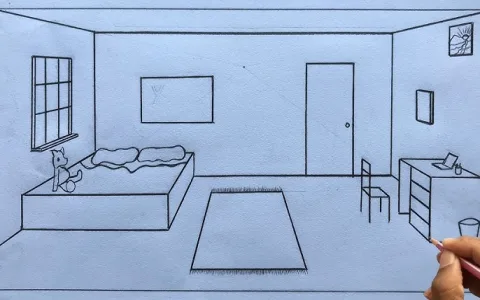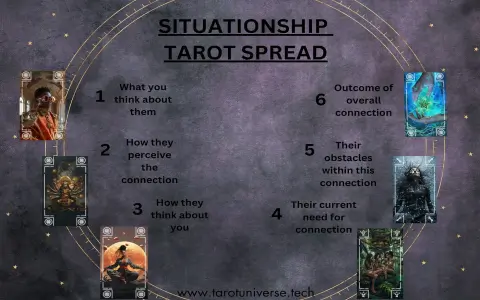Look, I’m going to be straight with you. For years, I’d wake up from some seriously messed up, cinematic dreams—the kind that feel like a movie trailer—and within ten minutes, they were gone. Poof. It drove me nuts. I wasn’t looking for therapy; I just wanted to figure out what my own brain was trying to whisper while I was checked out. So, I decided to stop just letting them slide and actually engineer a system. This took about three months of waking up feeling like I’d pulled an all-nighter just to write things down, but I finally nailed down a method that actually works for a regular person who isn’t a psychoanalyst. It’s a purely functional approach, all action, no fluff.
Step 1: The Zero-Minute Dump (The Catch)
I tried journals, voice notes, drawing—it was all too slow. The key, I realized, was capturing the absolute raw data the second my eyes opened. I literally bought a cheap tablet, put it right next to my head, and trained myself to smash the notes app open before I even sat up. Forget proper sentences; I was writing keywords, disjointed images, and feelings. If I waited thirty seconds, 80% of the content was gone. I forced myself to vomit out the main sequence: Red car, flying, missed train, sticky floor. If you can’t describe it in five messy lines, you’ve waited too long. This step is purely mechanical—you have to prioritize recording over comfort. My initial logs looked like gibberish, but they were accurate gibberish. I had to physically drill this habit in, setting the expectation that the first thing I do every morning is write, not check my phone or go to the bathroom. If I missed a morning, I’d skip the interpretation for that day entirely, because incomplete data leads to nonsense.
Step 2: Stripping the Fantasy Bare (The Core Action)
Once the mess was recorded, the real work began later that day, usually during my lunch break. I used to get caught up in the aliens or the talking dog. That’s the fantasy fluff. I learned to cut that noise out. The actual action is what matters. In one dream, I was fighting a giant snail wearing a tiny hat. Ridiculous, right? But when I stripped it down, the core action was: I was struggling relentlessly against something slow and unstoppable. The snail and the hat? Just decoration. I systematically underlined the verbs and the resulting outcome. What did I do? What happened to me? I ignored the context of the setting and focused only on my interaction with the problem. This helps you separate the movie special effects from the actual plot drivers. You have to be ruthless here. If the dream was long, I segmented it into three acts: The Setup, The Conflict, and The Resolution. Most dreams fail at the resolution, leaving the conflict hanging, which is usually the big flag for waking life anxiety.

Step 3: Mapping the Emotional Wake (The Real Clue)
This is where most beginners mess up. They focus on the visual, not the feeling. After I’d recorded the mess and stripped the action, I went back and tagged the dominant emotion for every major scene. Were you anxious? Thrilled? Confused? I discovered that sometimes, a “scary” scene (like being chased by a shadow) actually felt exciting, not fearful. And sometimes, a boring scene (like organizing socks in an empty warehouse) made me feel profoundly depressed. I started trusting the feeling more than the picture. I used a simple three-color system in my notes: Red for high stress, Blue for calm/contentment, and Yellow for confusion/ambiguity. The interpretation almost always pivots on the emotional context you felt when you woke up, especially the feeling that lingered in the first few seconds after coming to. I recorded that gut feeling immediately next to my keywords in Step 1, otherwise, it was tainted by coffee and the morning news.
Step 4: Building Your Private Dictionary (The System Check)
I stopped using generic dream books entirely. They are useless because symbols are personal. For me, “water” always represents chaos or major life change. For my wife, “water” means calm or escape. You have to develop your own glossary. I started tracking recurring items. If a “broken phone” showed up three times in a month, I wrote down what was happening in my waking life during those times. I created a simple spreadsheet: Symbol Context 1 Context 2 Common Meaning. If the symbol showed up three times, I locked in a meaning. Now, when a broken phone appears, I instantly know it relates to something I’m failing to communicate or a relationship that’s disconnected. It’s a closed system, and it works way better than Googling “What does snake mean?” This tracking forces pattern recognition. When I found a pattern, I moved that symbol from the “Active List” to the “Confirmed List.”
Step 5: The Real-World Test Drive (The Payoff)
The final step is the critical one, the payoff. Interpretation is worthless if it doesn’t change how you look at your actual day-to-day life. I started linking the dream meaning directly to a recent stressful event or a decision I was avoiding. For instance, if the dream was about “struggling against something slow” (my giant snail), I immediately asked: What slow, unavoidable obligation am I currently fighting against? (Usually, it was dealing with my utility company or a stagnant project at work.) I used the interpretation as a prompt to tackle that thing. It’s not about predicting the future; it’s about forcing subconscious issues into conscious action. I found that if I acted on the dream’s prompt—making the phone call, writing the tough email—the dream pattern usually shifted in the next week. If I ignored it? The snail came back, sometimes wearing even dumber hats, reminding me I hadn’t finished the job. It’s all about practical application. You put in the work, and your dreams start sounding less like fantasy and more like a messy, actionable memo telling you exactly what you need to fix.













